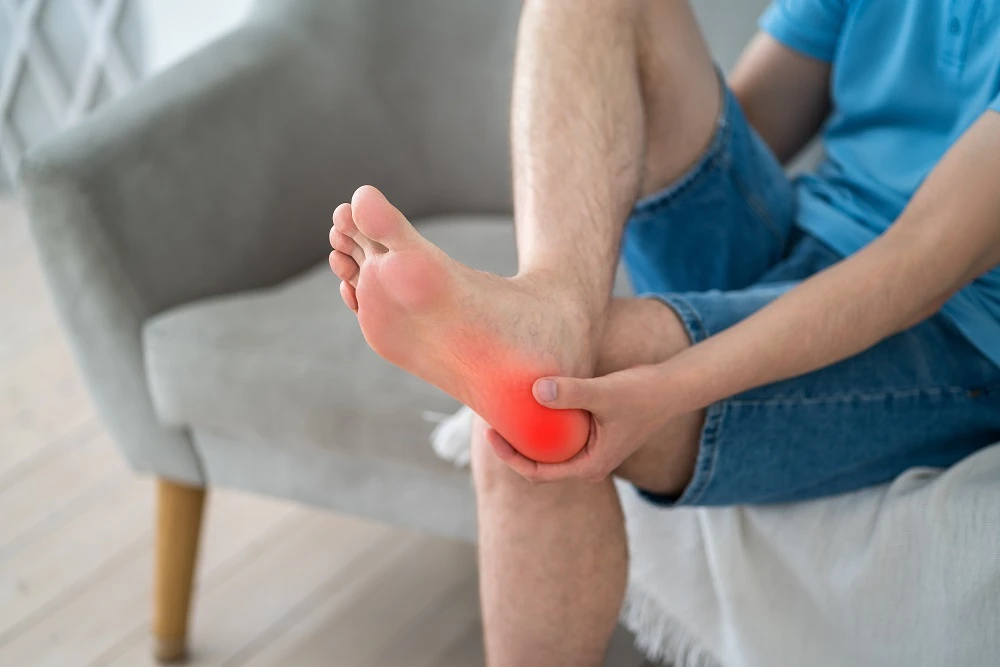Foot discomfort can interfere with everything from walking and working to exercising and sleeping. Many people ignore persistent symptoms, hoping they will go away on their own—but underlying issues in the feet or ankles often require expert evaluation. A podiatrist provides focused care for the structures that support daily movement, helping patients maintain mobility and reduce pain over time. Whether treating injuries, managing chronic conditions, or correcting gait problems, podiatrists address a wide range of needs tied to overall foot health.
What a Podiatrist Evaluates
Podiatrists are trained to assess the bones, joints, muscles, ligaments, and skin of the foot and ankle. During an initial visit, they examine symptoms and ask about medical history, activity level, and daily routines. Imaging such as X-rays or ultrasounds may be used to confirm a diagnosis or guide treatment. In some cases, the issue may stem from how a person walks or distributes weight across the foot. Identifying these patterns early allows for personalized care that targets the source of discomfort.
From heel pain and bunions to ingrown toenails and plantar fasciitis, podiatrists manage a variety of conditions that can worsen without care. Even minor issues like calluses or corns may become painful or lead to complications when left unchecked. Conditions such as flat feet or high arches may affect alignment and contribute to knee, hip, or back discomfort. A podiatrist works to resolve the current problem while helping reduce the risk of future strain on other parts of the body.
Managing Chronic Conditions
Some foot problems are linked to ongoing health concerns such as diabetes, arthritis, or poor circulation. A podiatrist monitors these conditions closely to help avoid complications like ulcers, infections, or loss of mobility. In diabetic patients, routine foot checks can identify small issues before they develop into larger problems. People living with arthritis may also benefit from customized shoe inserts or bracing to support joint function and reduce pressure during movement.
Injury Prevention and Recovery
Podiatrists play a valuable role in both preventing and treating injuries. Whether caused by sports, overuse, or a sudden misstep, foot and ankle injuries require accurate diagnosis and careful management. A podiatrist develops recovery plans that may include rest, physical therapy, taping, orthotics, or changes in footwear.
As healing progresses, they monitor function and recommend gradual return to activity. Addressing the injury correctly from the start helps reduce long-term damage and the chance of reinjury. Proper support can significantly improve comfort and function, especially for people with structural or alignment issues. A podiatrist may recommend custom orthotics—shoe inserts designed to correct how weight is distributed through the foot.
Unlike over-the-counter products, these are tailored to a patient’s specific anatomy and walking pattern. The podiatrist also advises on footwear features such as arch support, cushioning, and heel stability, guiding patients toward shoes that meet both their medical and lifestyle needs.
Consult With a Podiatrist
While many foot problems respond to conservative treatment, some may require surgical intervention. Bunions, hammertoes, tendon ruptures, and severe deformities sometimes need corrective procedures. A podiatrist trained in foot and ankle surgery discusses options, explains the risks and benefits, and develops a postoperative care plan. Surgical care is usually considered after other treatment options have been explored or when the condition significantly limits function or causes consistent pain.
Discomfort in the feet is often dismissed until it begins to affect mobility or daily function. Visiting a podiatrist at the first sign of recurring pain, swelling, or skin changes helps identify issues early and start appropriate treatment. Regular checkups are also recommended for individuals with diabetes, circulation disorders, or a history of foot injuries. Ongoing care supports better function and helps preserve long-term health in one of the body’s most active and complex areas.

